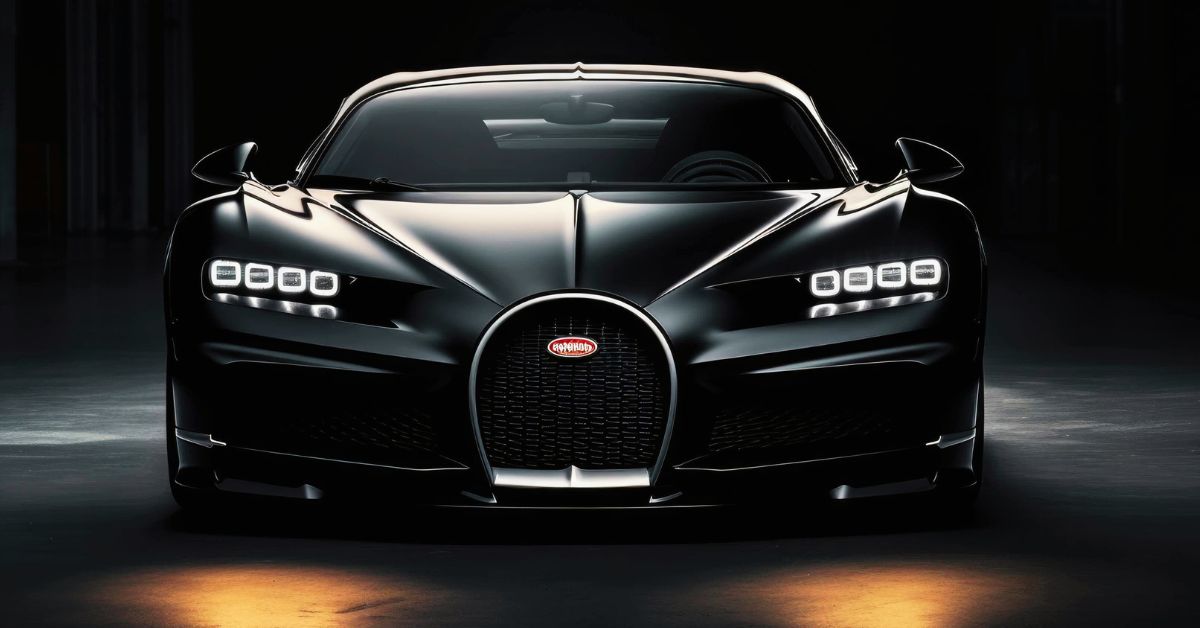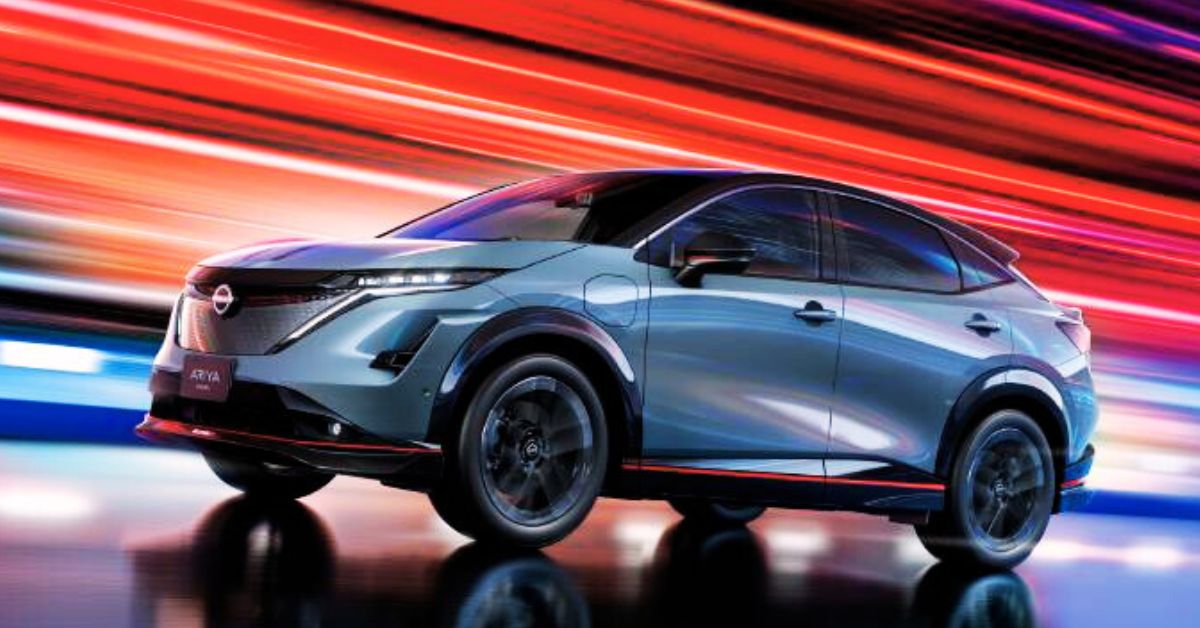
In a grand farewell to its iconic quad-turbocharged W16 engine, which has fueled Bugatti’s 21st-century marvels, the luxury automaker introduces the Mistral roadster – a limited-edition powerhouse boasting an impressive 1,600 horsepower. As whispers of Bugatti’s future circulated, the suspense lifted with confirmation of a hybrid system propelling the successor to the Chiron.
This revelation isn’t just about embracing hybrid technology; it marks a pivotal shift. Bugatti, renowned for its pursuit of perfection, unveils plans for a groundbreaking 16-cylinder engine. This move isn’t merely about horsepower; it’s a testament to Bugatti’s unwavering commitment to redefine automotive excellence, blending tradition with cutting-edge innovation. The Mistral’s roar signals not just an end but a thrilling new beginning for Bugatti.
It’s all in the prefix: from the Veyron to the Chiron and exclusive models like the Divo, Bugatti has been synonymous with the distinctive W16 engine, featuring cylinders neatly arranged in a W configuration. However, breaking away from tradition, Bugatti is introducing a new power unit with a V configuration. Picture the W16 as a dynamic duo of narrow-angle V8s and the V16 as a pair of straight-eights.
While Bugatti’s departure from the W16 may seem groundbreaking, history reminds us that they’re not the pioneers of the V16 engine. Cadillac notably embraced this configuration in the 1930s, and BMW dabbled with it in the 1990s. Surprisingly, in today’s automotive landscape, there’s a void as no new car currently on the market boasts the commanding presence of a V16 engine. Bugatti’s move signifies not only a shift in their engine design philosophy but also a revival of a powerful configuration not seen in modern-day automobiles.
Bugatti has left enthusiasts in suspense by withholding technical specifics, prompting us to exercise patience in uncovering details like the engine’s displacement and power output. While the French luxury brand maintains a shroud of mystery, they do confirm what we anticipated: the V16 will be a crucial component of a hybrid powertrain. Although specifics are currently elusive, insider information suggests that the successor to the Chiron, yet to be named, will adopt a plug-in hybrid system.
Owned by Rimac, Bugatti’s new parent company, the drivetrain is described as “heavily electrified,” indicating a potential capability for the model to operate on electric power alone for shorter distances. Though not officially confirmed, this feature adds an intriguing layer to the upcoming hypercar’s profile. Furthermore, there are indications that carbon fiber will play a pivotal role in counteracting the added weight of the hybrid system, underscoring Bugatti’s commitment to both performance and sustainability.
In 2022, Achim Anscheidt, the former design maestro at Bugatti, hinted to Autoblog that the successor to the Chiron would distinctly embody the essence of hybrid technology in its design. Anscheidt emphasized the model’s adaptation to the nuances of a hybrid system, ensuring a tailored approach. With the design helm now under Frank Heyl, the hypercar will be constructed around a novel monocoque, offering the design team newfound flexibility to experiment with proportions.
Despite the innovative design approach, Anscheidt’s insights assure enthusiasts that the forthcoming Bugatti won’t undergo a revolutionary transformation. Instead, it will retain the unmistakable Bugatti identity, seamlessly blending tradition and innovation to create a hypercar that stands out yet remains inherently true to the brand’s legacy.
Mark your calendars for June 2024 because Bugatti is about to reveal the Chiron’s successor – a hypercar that’s got everyone buzzing. Stay tuned for more details trickling in before the big day. It’s going to be an exciting sneak peek into the future of awesome cars!



